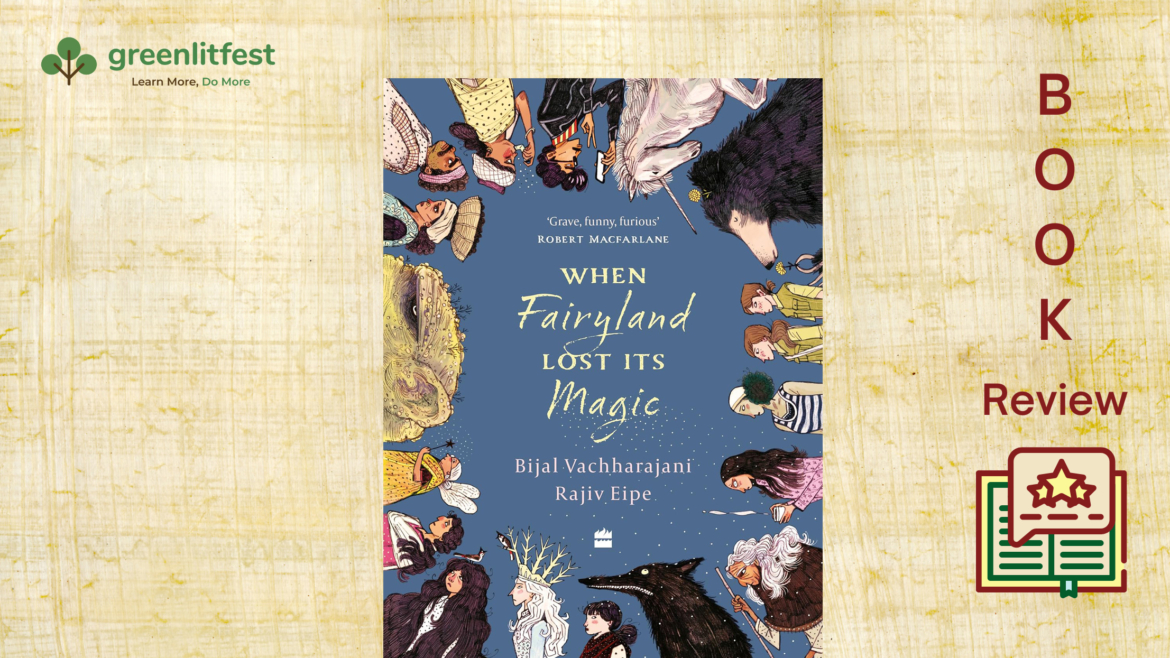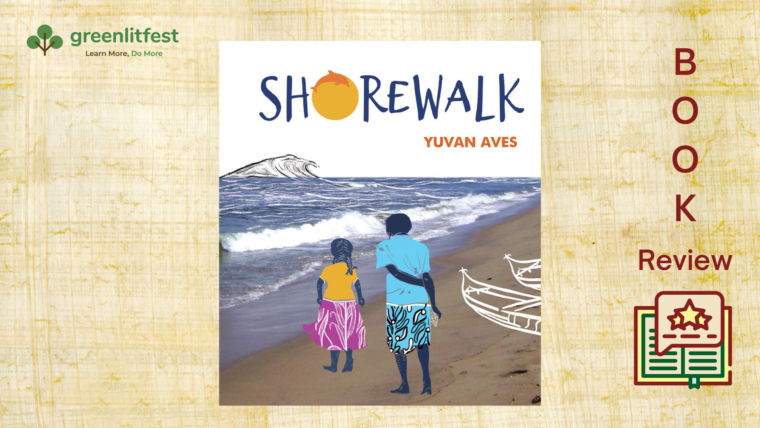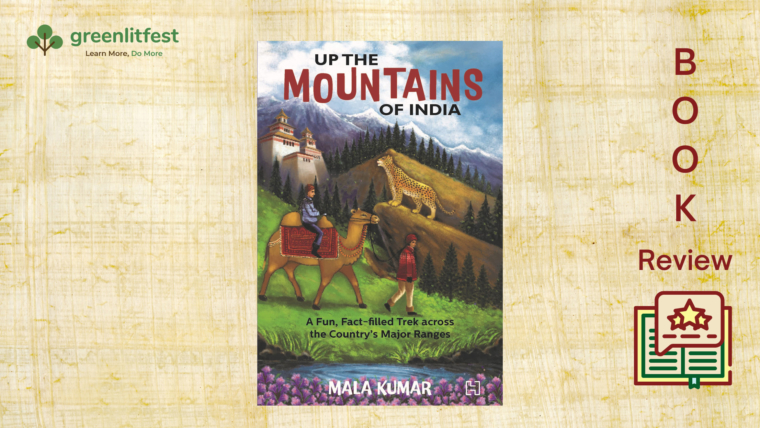If you wish to learn about the dark realities of our planet that surface from deep within Fairyland, then it is this book, When Fairyland Lost Its Magic by Bijal Vachharajani and Rajiv Eipe, published by Harper Collins, that you definitely need to read.
The readers are kept sitting on the edge of their chairs throughout, for every line is refreshingly quirky and bizarre, pumped with humour and punctuated with puns. To add to this, there are some whacky ideas like naming the royalty’s pages (youngsters being trained for knighthood in medieval times) by the page number of the book they are mentioned in.
The story begins with everything going wrong in fairyland, including the fact that Big Bad Wolf can no longer frighten people because there are no trees left to hide behind. All the princesses, bears, trolls, witches and others of fairyland are in a quandary as to how they should come out of this never-happened-before climate crisis.
To write about the various adverse effects of climate change, such as pollution, coral bleaching, glaciers melting and species getting endangered through a satirical narration of Grimm’s fairy tales, is a brilliant idea. It can successfully impact its readers without clouding their minds with gloom and doom. However, not all children may have grown up indulging in fairy tales, which means the intended implications of the story may not be understood by them.
Who was Rapunzel with hair that was so long that it rivalled the number of zeros in the said industrialist’s bank accounts? Why would a baby bear insist on having payasam (note – not porridge)? Why was Cinderella so hot-tempered? These and other such references to Grimm’s fairy tales, happily twisted, are refreshing for a reader familiar with them but would puzzle the young reader who has never read them.
Also, the curiosity of one who is not aware of the causes of climate change might rise sky-high upon coming across names like methane, nitrous oxide, vapour and carbon. The reader might wonder why there is the repeated mention of grasping at paper straws or why Palm Oil trees should not be cultivated. However, towards the end of the story, the jigsaw puzzle pieces fall into place, and all aspects of the climate crisis become crystal clear.
The artful and cleverly created graphics by Rajive Eipe are a feast to the eyes. Each illustration has been well thought of, crafted to perfection and is a story by itself. Each of them is impactful and meaningful and speaks a volley of words. In fact, the pictures seem to walk out of the pages, engaging the reader in a delightful manner.
All in all, When Fairyland Lost Its Magic is a book that children of today should read. It entertains and at the same time imparts the message of taking up action to mitigate climate crisis.
Katie Bagli (www.katiebagli.com) is an avid nature lover and expresses her passion through her writing, most of her published titles being on themes of wildlife and environment. In addition, she also indulges in nature-related activities like conducting wildlife poetry, creative writing on nature and nature trails. She hopes, through her activities, to infect others with her passion for the environment. Katie is also Director, Education of Jane Goodall Institute, India.



